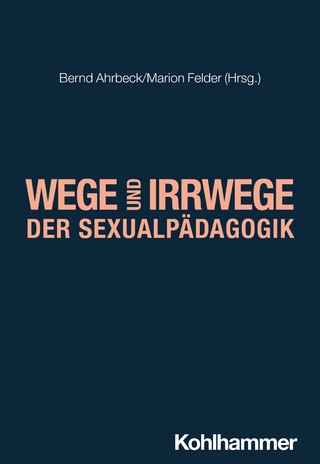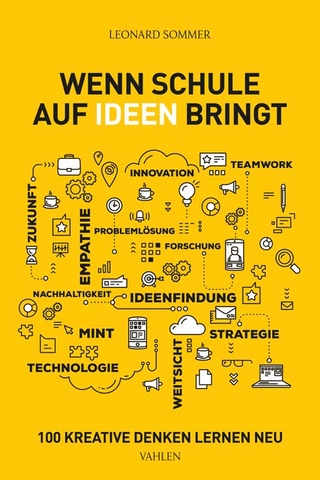
Virtual and Augmented Reality in English Language Arts Education
Lexington Books (Verlag)
978-1-7936-2987-6 (ISBN)
New times. Expanded worlds. Emerging possibilities. In Using Virtual Reality in English Language Arts Education, authors from multiple institutions across the United States and abroad share practical insights for teaching English language arts with virtual and augmented realities. These chapters draw on multiple theories and ideas to share perspectives from practicing and prospective teachers, as well as young learners themselves, about how to use applications and tools to transform teaching and learning. Collectively, this book advances innovation for using virtual and augmented realities as educational, inclusive spaces for teaching English language arts and literacy subject matter while supporting learners in developing the mindset for creativity, innovation, and even emotional empathy.
Clarice M. Moran is assistant professor of English education at Appalachian State University. Mary F. Rice is assistant professor of literacy at the University of New Mexico.
Part 1: Overview and Research: How can virtual and augmented realities support teacher learning?
Chapter 1: A Review of the Literature on Virtual Reality: A New Frontier for English Language Arts Teaching, Paige Jacobson
Chapter 2: VR Immersion in the ELA classroom: Supporting the Professional Development of Novice Teachers, Christine Chang, Elisabeth Etopio, Erin Kearney, and David Mawer
Chapter 3: “So similar, but so different from my real-life classroom”: Using Augmented Reality in Teacher Learning to Facilitate Discussion in Diverse ELA Classes, Jennifer M. Higgs, Megan E. Welsh, and Steven Z. Athanases
Part 2: Practical Applications: How can virtual and augmented realities support student learning?
Chapter 4: How Am I Supposed to Teach This? Using Google Cardboards to Enhance English Language Arts Learning, Clarice Moran
Chapter 5: Designing Engaging Virtual Field Trips for Secondary English Language Art Students, Kelly Torres and Aubrey Statti
Chapter 6: Experiencing Literature in Virtual Reality, Christine Oughtred, Louise Paatsch, and Anne Cloonan
Chapter 7: Engaging ELA Teacher Candidates with the Power and Possibility of Geolocated Augmented Reality, William Wright
Part 3: Interdisciplinary Work in ELA Classrooms: What are the boundaries and frontiers of virtual and augmented realities?
Chapter 8: “It’s the actual bomb!”: Middle School Females using Virtual Reality to Develop 21st Century Literacies, Rick Marlatt
Chapter 9: Integrating Culturally Responsive Pedagogy and Virtual Reality: Preparing Preservice Educators for Secondary Language Arts Classes, Rebecca Smith, Nichole Ralston, and Benjamin Gallegos
Chapter 10: Empowering Language Teachers with Emerging Technologies: Augmented Reality for English Language Arts Classrooms, Babak Khoshnevisan
Afterword: Daydreaming of Equity and Virtual Reality, Dawn Whipple
| Erscheinungsdatum | 14.01.2023 |
|---|---|
| Co-Autor | Paige Jacobson, Christine Chang, Elisabeth Etopio |
| Verlagsort | Lanham, MD |
| Sprache | englisch |
| Maße | 155 x 224 mm |
| Gewicht | 445 g |
| Themenwelt | Schulbuch / Wörterbuch |
| Sozialwissenschaften ► Pädagogik | |
| ISBN-10 | 1-7936-2987-0 / 1793629870 |
| ISBN-13 | 978-1-7936-2987-6 / 9781793629876 |
| Zustand | Neuware |
| Informationen gemäß Produktsicherheitsverordnung (GPSR) | |
| Haben Sie eine Frage zum Produkt? |
aus dem Bereich


